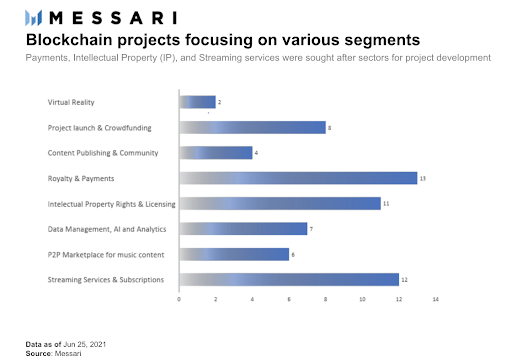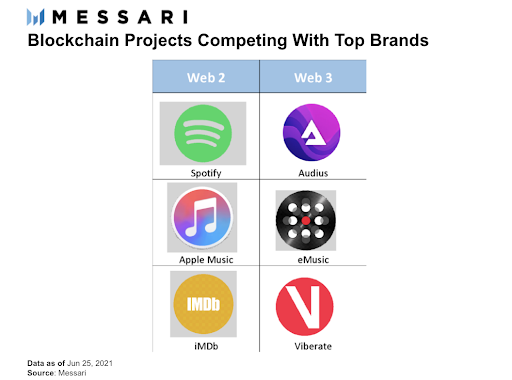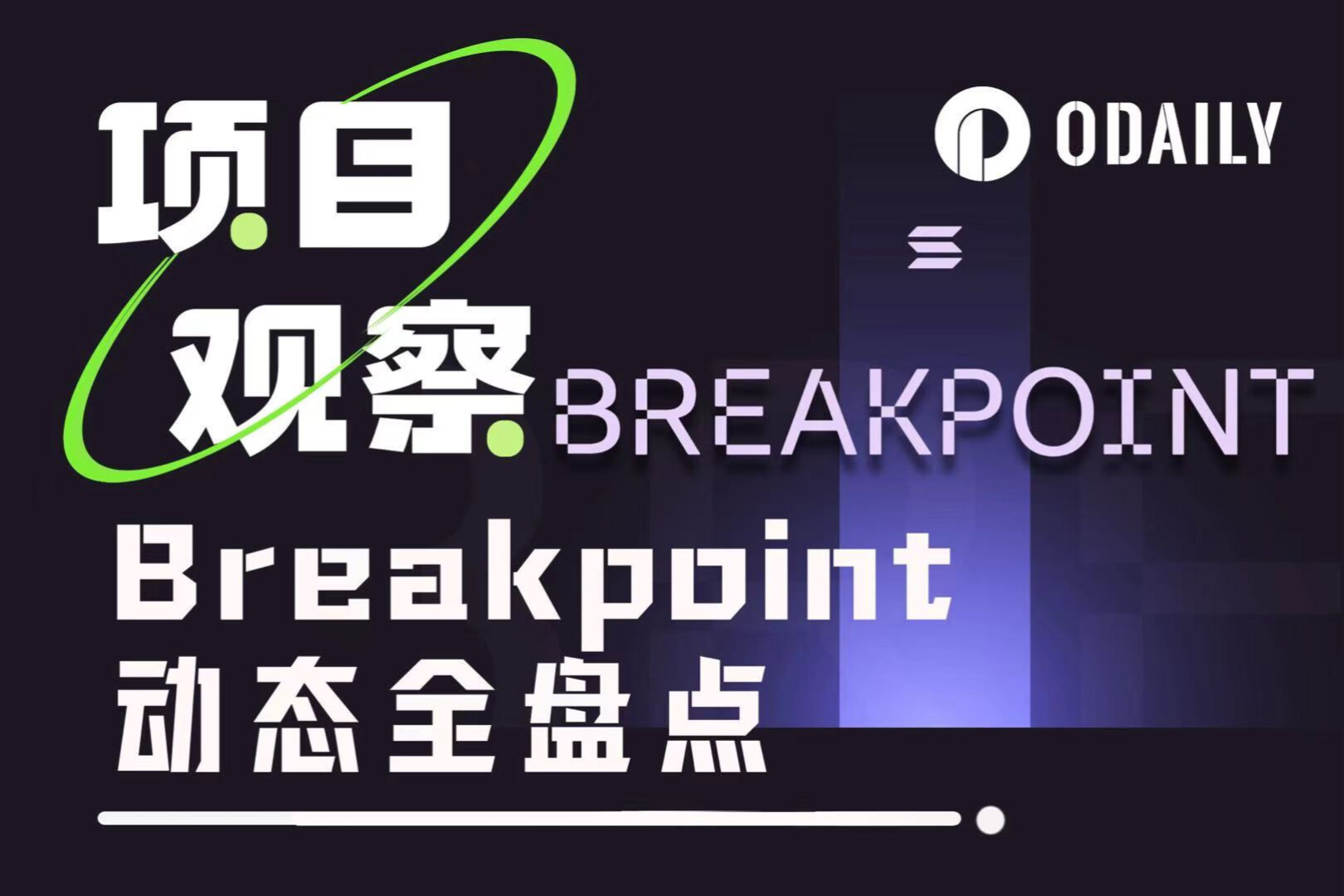An article to understand the evolution history of blockchain music

secondary title
There are EPs at the beginning

The music business has grown rapidly since the 70s, with sales of approximately $14 billion in 2020. Music monetization methods started with EPs and vinyl records in the 1970s, before they quickly became cassette tapes and CDs in the 1990s. With these monetization methods (EP, CD, etc.), consumers have to pay for the entire album even just to listen to a single song.
Source: Recording Industry Association of America
Napster eventually shut down the business, allowing music lovers to download unauthorized copies of their favorites. In a sense, Napster was the first Web2 company in the music industry to buy free physical copies of albums from music customers, even if they wanted to listen to a single. The music business declined for the next decade in the 2000s, with CD sales declining before stabilizing in the early 2010s.
secondary title
The Birth of Parallel Forces: Streaming Services and Blockchain
The genre of music and its commercialization models have undergone many changes over the past five years. The music industry's supply chain is supported by platforms such as Apple Music, Spotify, Pandora and Amazon Music. Value is transferred directly from artists and labels to publishers, thus reducing infrastructure requirements. The growth of streaming services and paid subscriptions currently dominates the music industry and continues to grow.
Since the blockchain was introduced, several companies have attempted to move music onto the blockchain. A ConsenSys initiative, Ujo Music, is one of the first companies building a decentralized music platform. Projects such as Musiconomi, Bittunes, and Revelator all began exploring encrypted and bridged music in 2013. However, so far, encryption-based music apps have not gained substantial traction. It all seemed to start way too early. But perhaps in the 2020s, music on the blockchain could have other results.

While Web2 Music is upgrading the consumer experience by removing the need for infrastructure, most initial blockchain-based music projects target the license owner and payment component to make the ecosystem profitable for artists.
Some of the more promising crypto startups focused on intellectual property (IP) rights and licensing are projects like Mediachain labs, Emanate and Verifi Media. The goal of these initiatives is simple — to make it easier to track music rights and licensing data by using the decentralized nature of the blockchain. Mediachain Labs was acquired by Spotify in 2017, but this work never appears to have been maintained by Spotify. Still, Spotify's acquisition of Mediachain is a statement to the music industry that blockchain could have some use for music someday.
The music database contains live data from 150,000 venues and 500,000 events worldwide. Viberate is primarily the IMDb for live music, and its API provides extensive live music analysis capabilities. Since the creation of Ethereum, the protocol has been trying to use smart contracts for various music applications. Revelator, Inmusify, and Breaker use smart contracts to develop better payment options for musicians. Founded in 2013 by former label boss Bruno Guez, Revelator is a music commerce platform, a blockchain wallet and a smart contract platform that enables quick payments to artists and management. The company later entered into a partnership with Teosto, the Finnish performing rights association, and BMAT, a music monitoring service, to pay royalties within 24 hours of a song being played.

secondary title
Web3: Advocating for Music
By 2017, there were more than 25 initiatives dreaming of changing the music business through blockchain-based solutions. Currently, most projects seek to address challenges facing the artist supply side of the market. Despite the seriousness of these concerns, the music industry as a whole gets a fair amount of credit for not having serious problems. The growth of blockchain-based dapps has shifted projects' attention to the demand side of the spectrum - music listeners and lovers. The change in focus and the maturation of a network like Ethereum has led to new initiatives aimed at becoming an end-to-end solution provider.
Web3 projects such as Audius, Opus, Emanate, eMusic, and Bitsong attempt to develop applications including streaming services, P2P marketplaces, and content distribution. The core thesis is to eliminate middlemen with an open-source decentralized music sharing and streaming platform that bypasses third-party platforms and connects artists directly to consumers. Audius, effectively trying to be a decentralized Spotify, has garnered the most attention so far. Developed on the Ethereum sidechain POA Network, Audius has raised nearly $10 million from Alpha Sigma Capital, Binance Labs, Coinbase Ventures, Panthera Capital, and others. Audius provides a decentralized music streaming platform where artists can upload their content for free and fans can stream, share and repost tracks of their favorite artists.

In 2018, the blockchain space officially joined eMusic, one of the oldest music online stores. eMusic intends to move its business model from Web2 to Web3, with a particular focus on demand streaming, P2P marketplaces, royalty transparency, and the use of blockchain technology to incentivize and manage rights.



